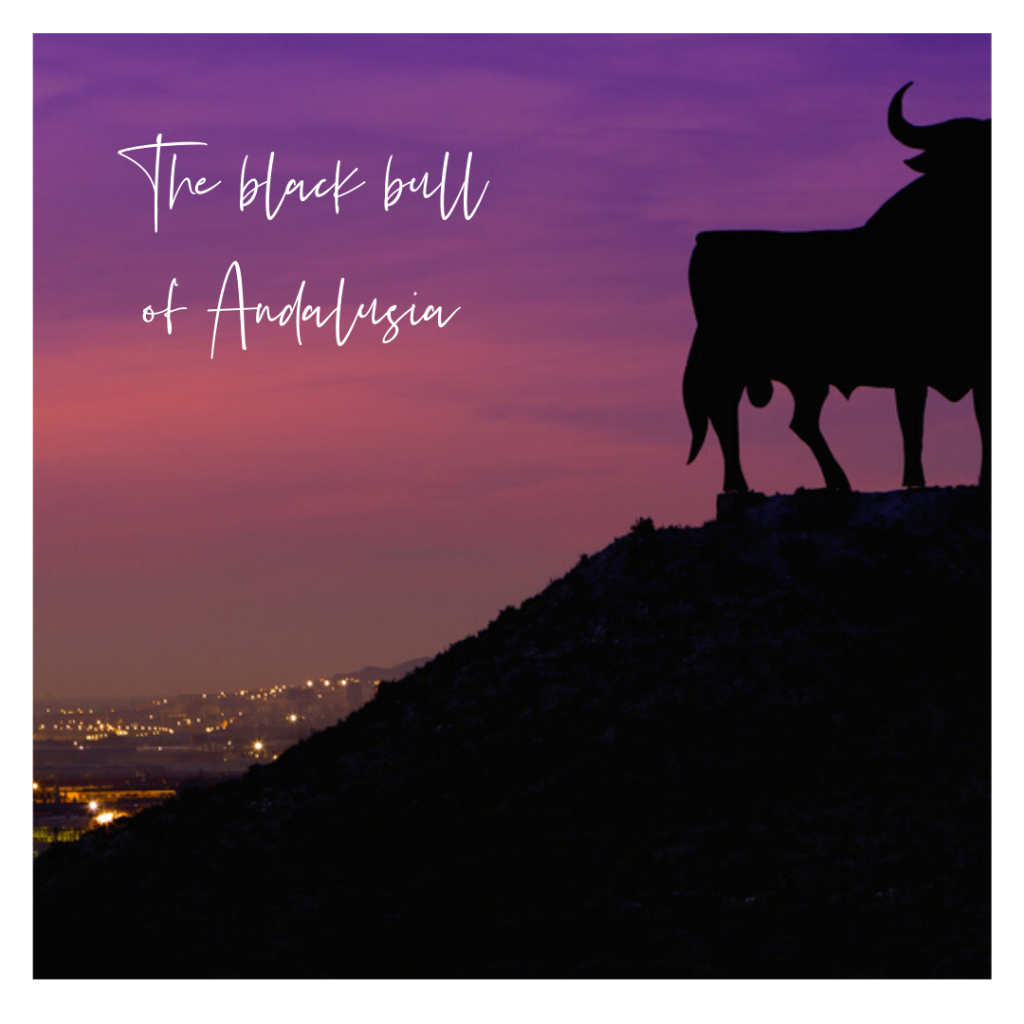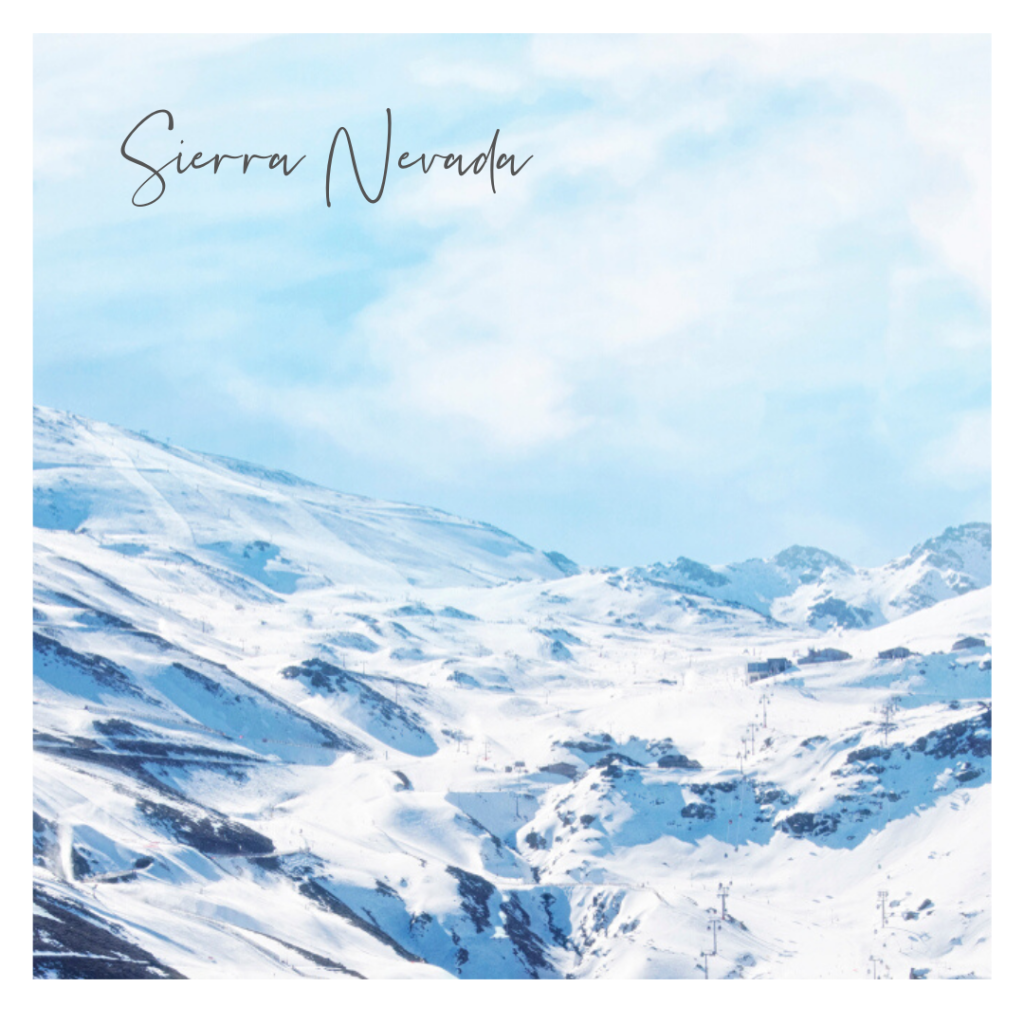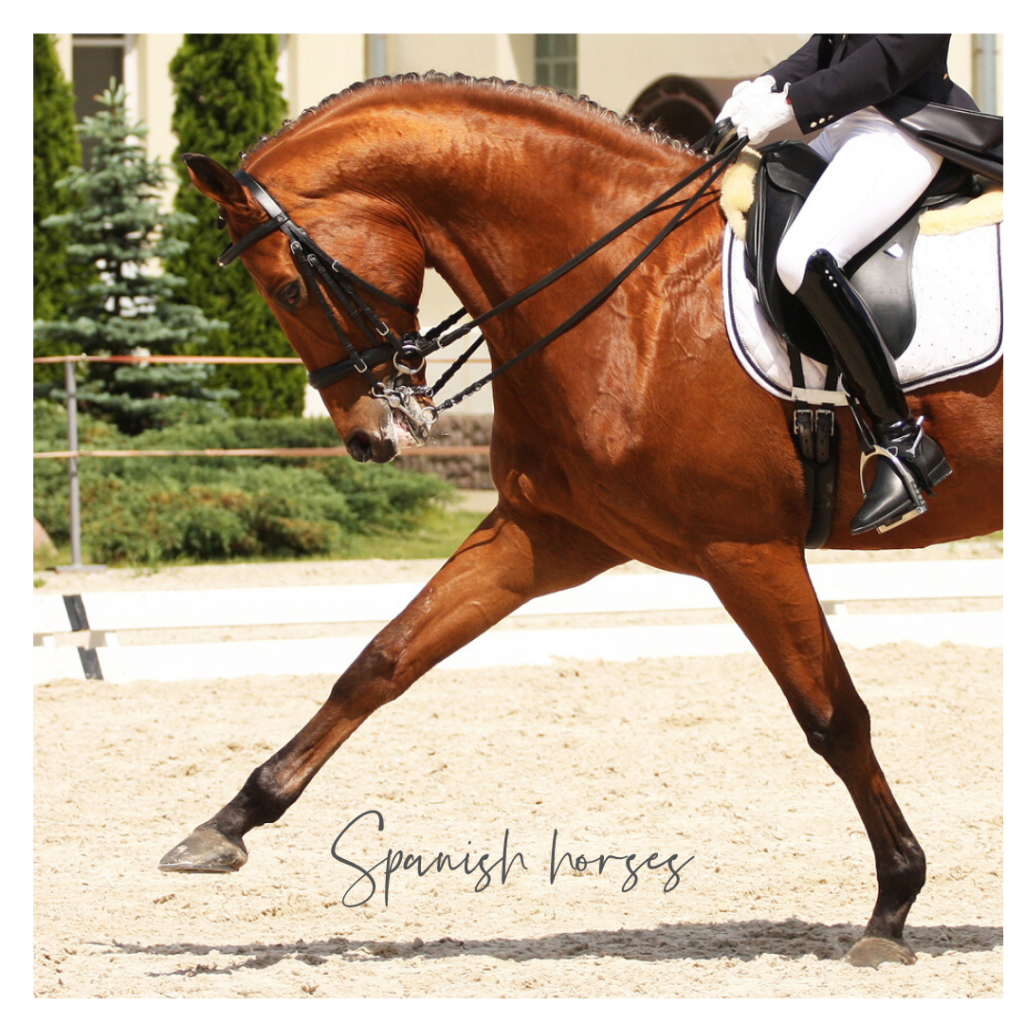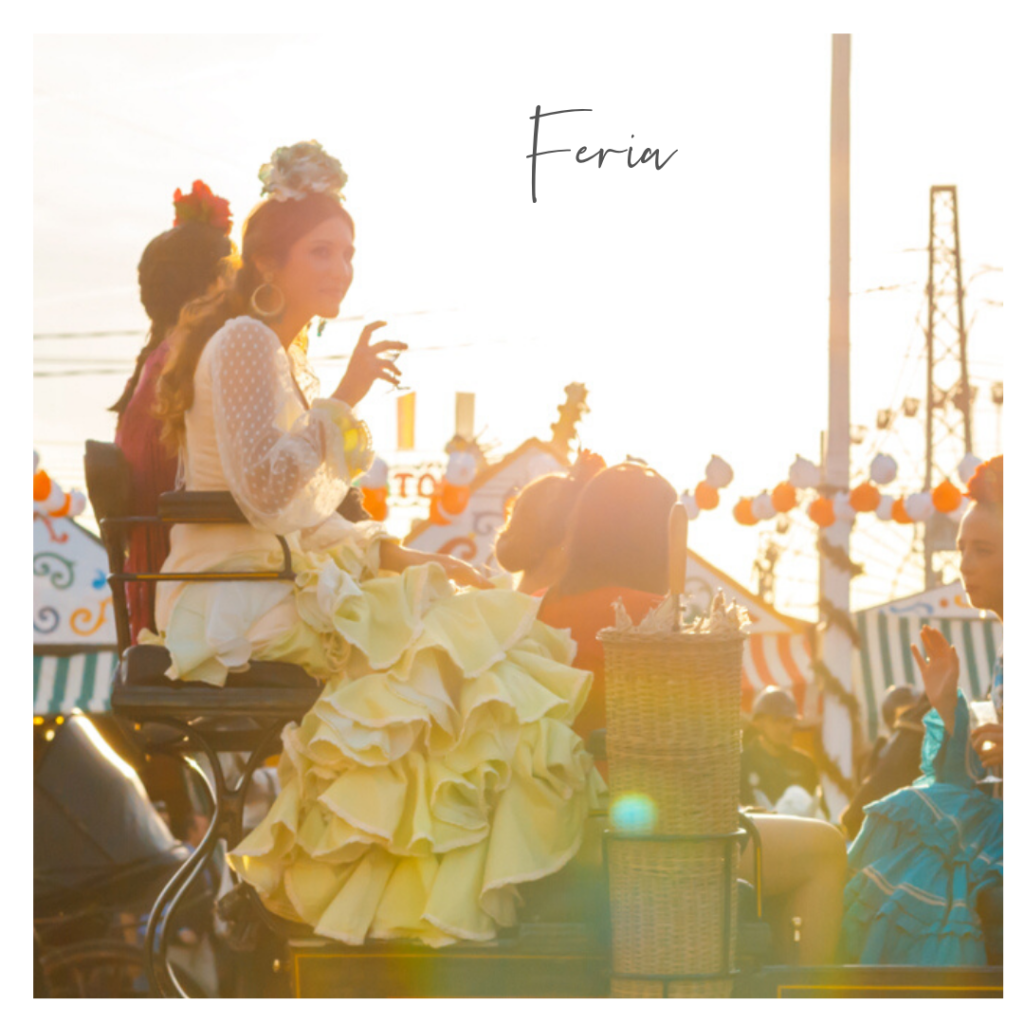4 intersting facts about tradition of Andalusia
The black bull of Andalusia
For decades, the black bull has been the logo of the Osborne Group company. Today, it is also a symbol of Spanish culture and longlife tradition. It was designed in 1956 by the famous artist Manolo Prieto, who was a pioneer in graphic design in Spain who designed advertising materials for many agencies and major companies. Manolo suggested the silhouette of the current bull under the name Toro de la Carretera, or "road bull". The first bulls were made of wood, and were 4 meters high. In 1961 they were transformed into metal and went to 7 meters high and then 12 metres. The last ones weighed as much as 4 tons and were made of 3cm steel.
By 1964 a total of over 500 ads were set n nationwide. In 1985, The New York Times placed the bull on the cover of an issue dedicated to Spain.
However, in the 80s, a new law ordered the removal all of the adverts on the side of the roads, but city councils and autonomous communities launched the "Save the Bull" campaign that defended Osborne's cultural bulls.
Finally, in 1997 the Supreme Court ruled that Osborne's silk was only commercial and was well integrated into the landscape. Some 100 silhouettes were allowed to be kept but all of its advertising slogans had to disappear from the billboards. For over 60 years, Toro Bravo or Osborne's bull has received countless praise and has been the subject of many cultural and artistic activities, and now the path on which Prieto gave life is often printed on Spanish flags.

Crown of Europe
The most famous skiing destination in Spain is the Pyrenees. However, it was Andalusia where the Arabs saw the snow for the very first time.
In the vast Sierra Nevada range, there is the highest peak of continental Spain called Mulhacén (34,788m). It belongs to the Crowns of Europe.
The Arabs named it Abu al-Hasan Ali, in an honour of the penultimate King of Granada. It is the only top (within this range of mountains in Europe) which can be reached by car. More precisely, to the neighbouring peek called Veleta (3396 m).

Spanish horses
Not less than flamenco and sherry, horses are inseparable from the tradition of Andalusia. It was here that in 1567 King Philip II ordered allocating income from salt mines to create a new horse breed. Royal stables and fields were created in the vicinity of the Cordoba’s Alcazar. The most desirable feature of the Spanish horses was to be graceful in the way they moved. ¨In his mind, they were to be light and elegant, as if the hooves didn’t touch the hot Andalusian soil, and if so then only for a momentí¢€, wrote I. Falcones in ¨Hand of Fatima¨.

After training, the perfect specimen that was bred in Cordoba was sent to the royal stables of King Philip in El Escorial.
From the beginning, these horses had a predisposition to Haute íƒâ€°cole. In 1580, those Spanish horses were brought to the court in Lipica, the oldest European stud farm continuously breeding one of the oldest cultural horse breeds. Here the famous lipicans were bred. They can still be seen in the oldest horse riding academy in the world in Vienna. Both during Hofburg shows taking place with the sounds of Strauss's waltzes, as well as those organised near the Cordoba Alcazar or in Jerez, accompanied by flamenco music, the audience experiences the unprecedented beauty of "the art of horse riding cultivated in its purest form and brought to perfectioní¢€, wrote EH Edwards in ¨Horses¨.
Feria del Caballo
For centuries, in the Andalusian land, ferias del Caballo have been a fashionable event that used specially trained animals.
Every year, in major Andalusian cities, many residents shed their suits and, during the weekend, put on special regional costumes and ride the horses on the city streets.
The biggest event in the region is the annual Feria de Jerez, also known as Feria del Caballo - Horse Festival, which dates back to the Middle Ages.
Back in the days, during those festivals, Jerez was being changed into one huge horse market. Business deals were taking place after which a large amount of sherry was drunk. Today it is a great Andalusian fiesta with hundreds of stalls, food booths, thousands of visitors in folk costumes, many of whom come riding horses or in carriages.


